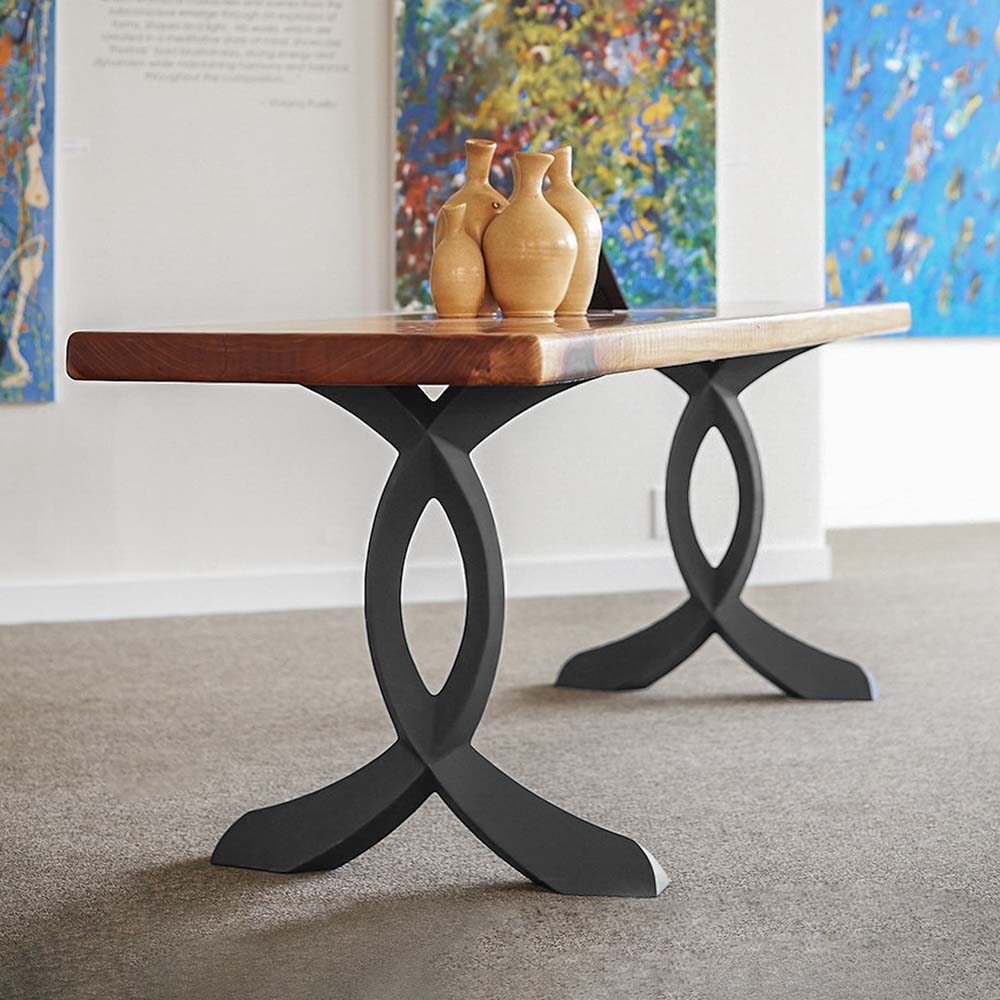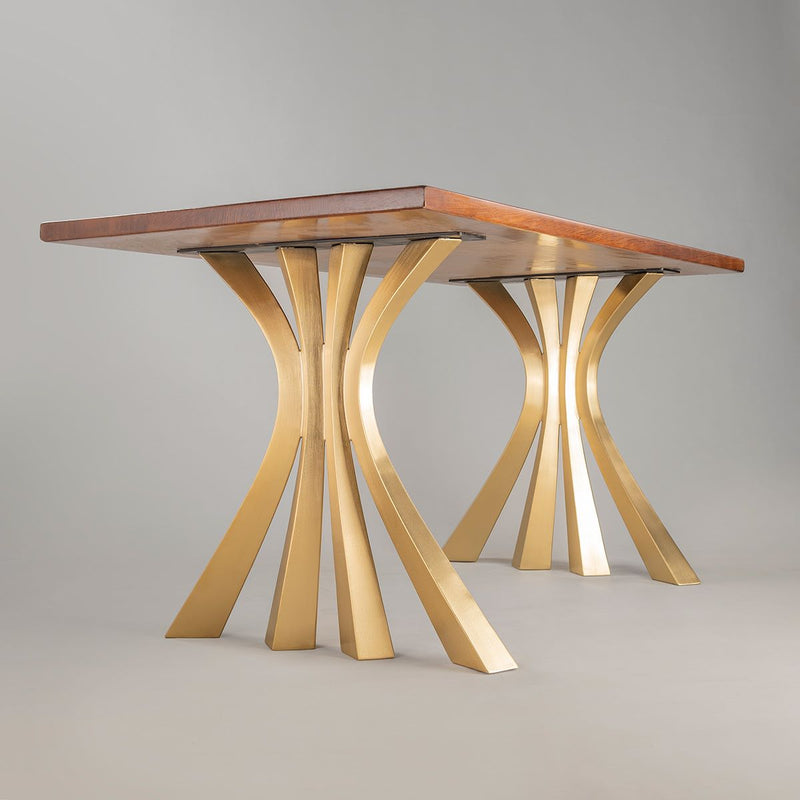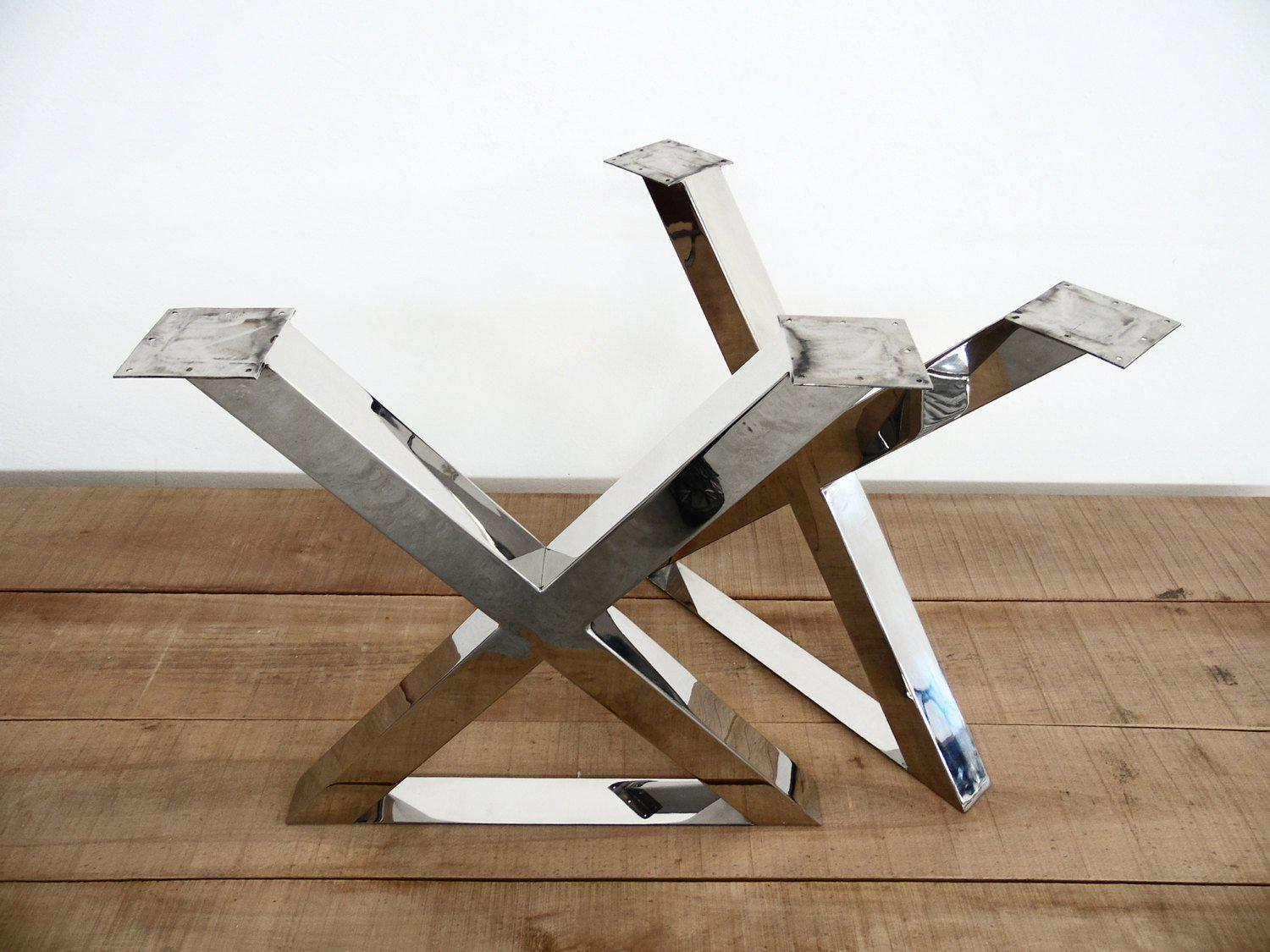Dining Room Table Legs: What to Consider Prior To You Acquire
Dining Room Table Legs: What to Consider Prior To You Acquire
Blog Article
Table Legs: Exactly How to Select the very best Designs for Your Space
Picking the right eating table legs is important for both visual and useful consistency in your dining area. Whether your space boasts a smooth, modern-day ambiance or leans towards an extra conventional setting, the design of the legs can dramatically influence the total look. Tapered legs emanate contemporary sophistication, while transformed legs use a nod to traditional charm.
Evaluating Your Eating Area Style
Just how do you determine the most effective dining table legs for your space? The response begins with a thorough assessment of your dining-room style. A cohesive style makes certain that your table legs enhance the general aesthetic instead of clash with existing components. Beginning by observing the building features of your eating room. Are there noticeable qualities such as revealed beams, complex moldings, or minimal lines? These details frequently determine whether a typical, rustic, contemporary, or industrial style is most appropriate.
Next, consider the existing furniture and decoration. The products, colors, and appearances within the area play an essential duty. For instance, a dining-room with streamlined, contemporary chairs and metal accents may take advantage of simple, structured table legs. Conversely, a room loaded with classic pieces and abundant materials could ask for ornate, carved legs.
Lighting also influences perception. Natural light can emphasize particular materials and finishes, while artificial lights can highlight different elements. Lastly, represent the space's range and proportions. Huge, open dining-room can accommodate heavier, more substantial legs, whereas smaller sized areas require even more fragile, unobtrusive designs. By thoroughly evaluating these factors, you can pick eating table legs that harmoniously blend with your eating space's style.
Popular Leg Styles Described

One common style is the tapered leg, renowned for its streamlined, modern appearance. Next off, the turned leg functions detailed spindle-like styles, usually found in standard and farmhouse setups.
Cabriole legs, with their distinctive curves, are identified with French Provincial and Queen Anne furniture. Their graceful, streaming lines bring a feeling of sophistication and historical appeal (dining room table legs). For those preferring a robust and straightforward style, square legs supply sturdy support and a clean, geometric look, perfect for commercial or minimalist spaces
Finally, barrette legs supply a retro, mid-century modern-day vibe. Made from metal, these legs are both lightweight and strong, adding a special aesthetic comparison to wood table tops. Understanding these styles will direct you in choosing table legs that improve your room's visual and capability.
Product Factors To Consider

Timber is a classic choice, known for its warmth and convenience. It is available in numerous species such as oak, walnut, and maple, each offering special grain patterns and shades. Metal legs, commonly made from stainless steel, iron, or aluminum, supply a modern and industrial appearance while ensuring robust support. They are commonly much more resistant to put on and tear, making them check out here a durable option.

Various other materials like bamboo or rattan use environment-friendly alternatives, bringing an all-natural and unwinded ambiance to the eating area. Each product has its benefits and drawbacks, and the ideal choice will certainly depend on your certain needs and preferences.
Harmonizing Looks and Functionality
Accomplishing the perfect balance in between looks and functionality is necessary when choosing dining table legs. While the aesthetic allure of table legs can considerably boost the visit homepage overall ambiance of an eating room, their functional elements can not be forgotten. The style of the legs must balance with the area's decor, yet they must likewise offer ample assistance and security for the his comment is here table.
Consider the building layout of your room. Sleek, modern interiors might take advantage of minimal, steel legs that offer a clean and unobtrusive look. On the other hand, standard setups typically enhance transformed or sculpted wood legs that include a touch of style and sophistication.
Functionality encompasses the stability and sturdiness of the legs. Trestle legs, known for their robustness, can provide strong assistance for bigger tables, making them suitable for family members or regular performers. On the other hand, pedestal legs can provide more legroom and flexibility, enabling much better seating setups
Furthermore, the height and positioning of the legs are critical for comfortable eating. Legs positioned as well far inward might hinder seating, while those also near the edge can limit activity. Therefore, thoughtful consideration of both aesthetic and useful aspects is critical for an optimal eating experience.
Modification and DIY Options
Personalization opens up a world of possibilities for developing dining table legs that are distinctively customized to your preference and needs. Certain design elements, such as transformed legs, tapered forms, or intricate carvings, can be included to reflect your style.
For those inclined in the direction of do-it-yourself (DIY) jobs, developing custom dining table legs uses both a rewarding experience and the opportunity to accomplish a bespoke visual. Do it yourself enthusiasts can source raw materials and use woodworking or metalworking devices to craft legs that satisfy specific requirements. Additionally, various on the internet tutorials and workshops supply advice, making the process more available for novices.
Eventually, whether deciding for specialist modification or starting a DIY venture, the capability to customize table legs makes sure that the last item balances with your indoor style vision, improving both performance and aesthetic charm.
Final Thought
Picking the ideal dining table legs needs mindful factor to consider of the overall style of the eating area, consisting of existing architectural features and furnishings. Eventually, the chosen table legs must complement the style, supplying both visual allure and useful assistance.
Report this page